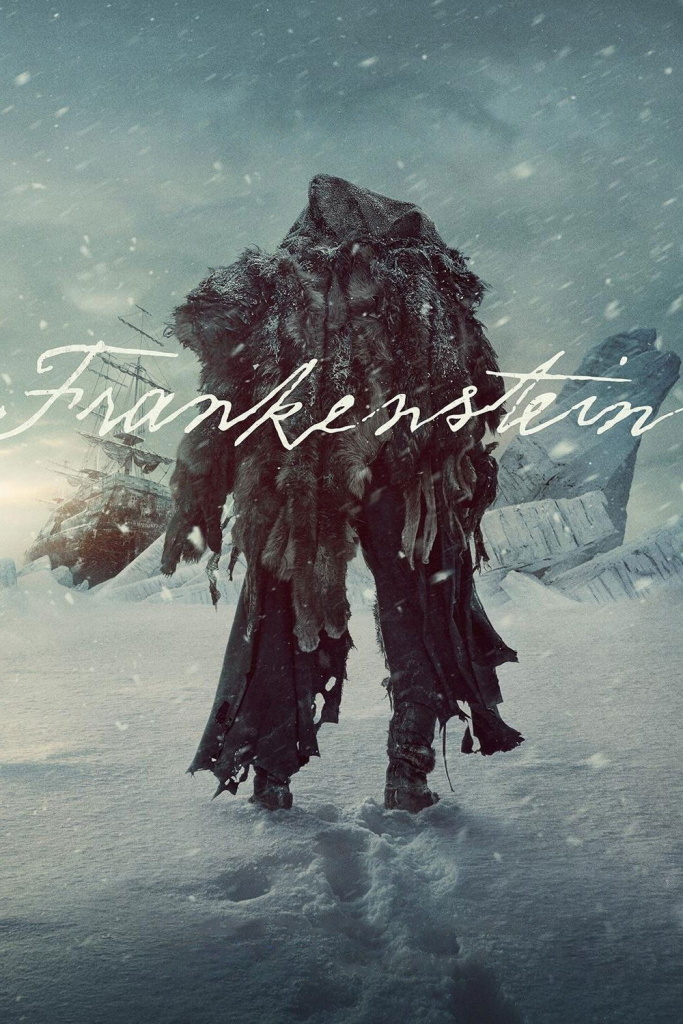






























World Class Facilities, Services and Expertise
From hosting super spies and superheroes, Pinewood has been home to a galaxy far, far away, helping create films that have made audiences laugh and cry in equal measure. Some of the most glittering careers on both sides of the camera, have been launched behind the iconic gates of Pinewood.
A British take on Hollywood
From the quiet heart of the english countryside have come some of the greatest and most cherished films of all time. From James Bond to Star Wars, from Carry Ons to the modern age of Marvel and the re-imagining of Disney classics, Pinewood Studios have played host to all these and many, many more.
While Shepperton Studios have been home for maverick and independent film production for nearly 90 years. Owned by a succession of famous brothers – the Kordas, The Boultings, the Lees and the Scotts, as well as rock band The Who, some of cinemas most successful films from, Oliver! to Alien, have been made at the Studios.

Expanding into the future
With Studio expansions in Shepperton and Toronto Studios, as well as an annual Futures Festival, we’re setting up for the future.
Pinewood Group now lives as three Studios, two in the UK and one in Canada, the likes of Disney, Lucasfilm, Marvel, Amazon MGM Studios and Netflix have leased stages to create many of their stories. And we’ve got many more to tell.










